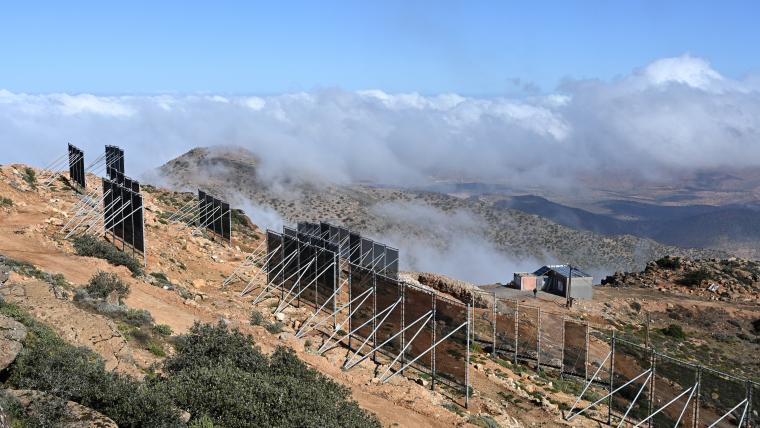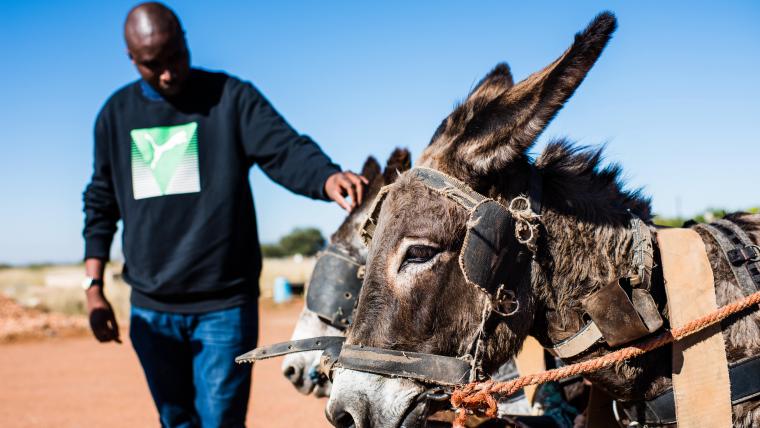
Why harvested fog is the next water source for humankind
At the edge of the Sahara desert in south-west Morocco, villagers are harvesting water from fog. The region of Aït Baamrane is one of the driest in the country, but it’s abundant in the vaporous clouds. People once believed that these white blankets were a bad omen, preventing rainfall and making people ill. Yet it has now become a source of life for rural communities. Through the innovation of industrial designer Peter Trautwein, people who live in remote locations can now access a steady supply of water through a device that collects it from the moisture-rich air.
Known as the CloudFisher, Trautwein’s project works by retaining droplets from fog through mesh nets. It was developed by the WaterFoundation through collaboration with aqualonis. These installations sit on Mount Boutmezguida, which towers at an altitude of 1 225 metres and receives less than 132 millimetres of rainfall annually. Pipes carry the liquid from 31 nets to a reservoir where locals can attain it. Easy access means that girls who often miss school to fetch water for their families can focus on their education instead. Today, Trautwein’s design is providing people with the means to sustain cattle, grow flourishing gardens and cook for their communities.
“We know that arid areas will become even drier due to climate change,” he says. “We need to look for alternate methods for water harvesting.” Trautwein’s contraptions capture over five million litres annually which fuels over 16 villages, making it the largest fog collection project around the globe. With villagers now sprouting crops in previously dry areas, the CloudFisher is proving efficient for the local community and the world. This is the next water source for humankind, revealing that the greatest asset of progress is to work with nature as it is.
Footage by aqualonis was used in the creation of this film.





























Please sign in to leave a comment